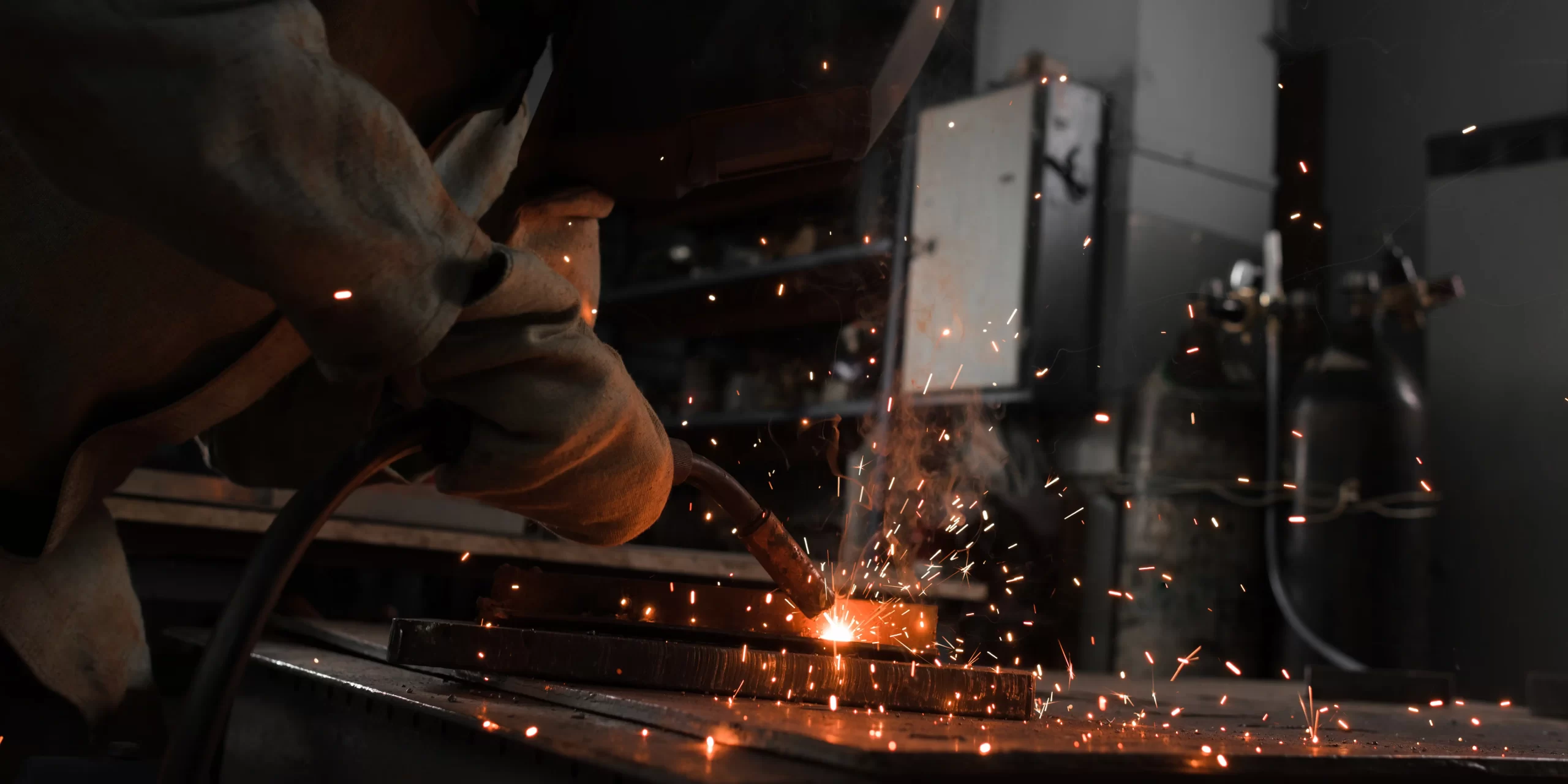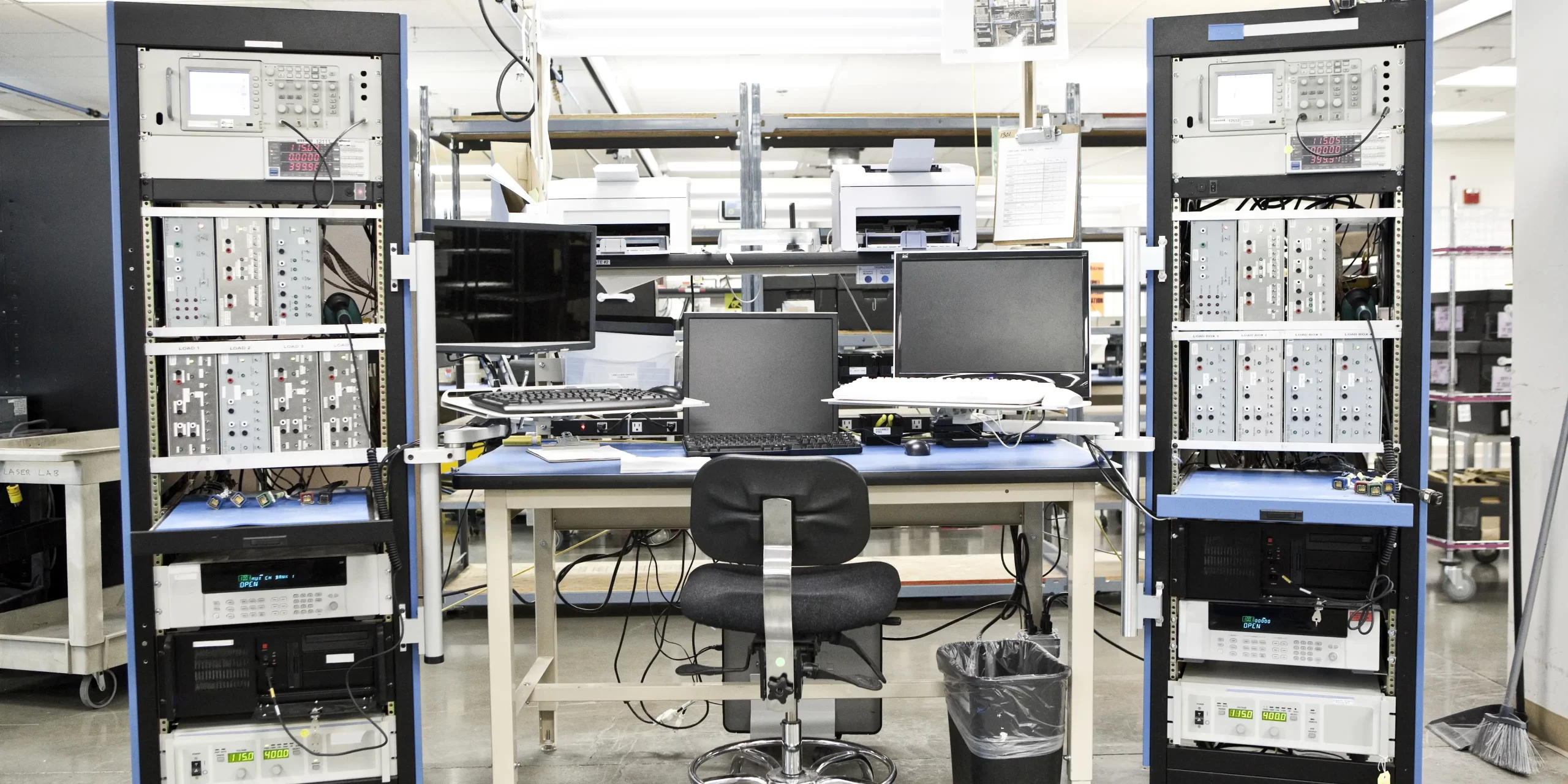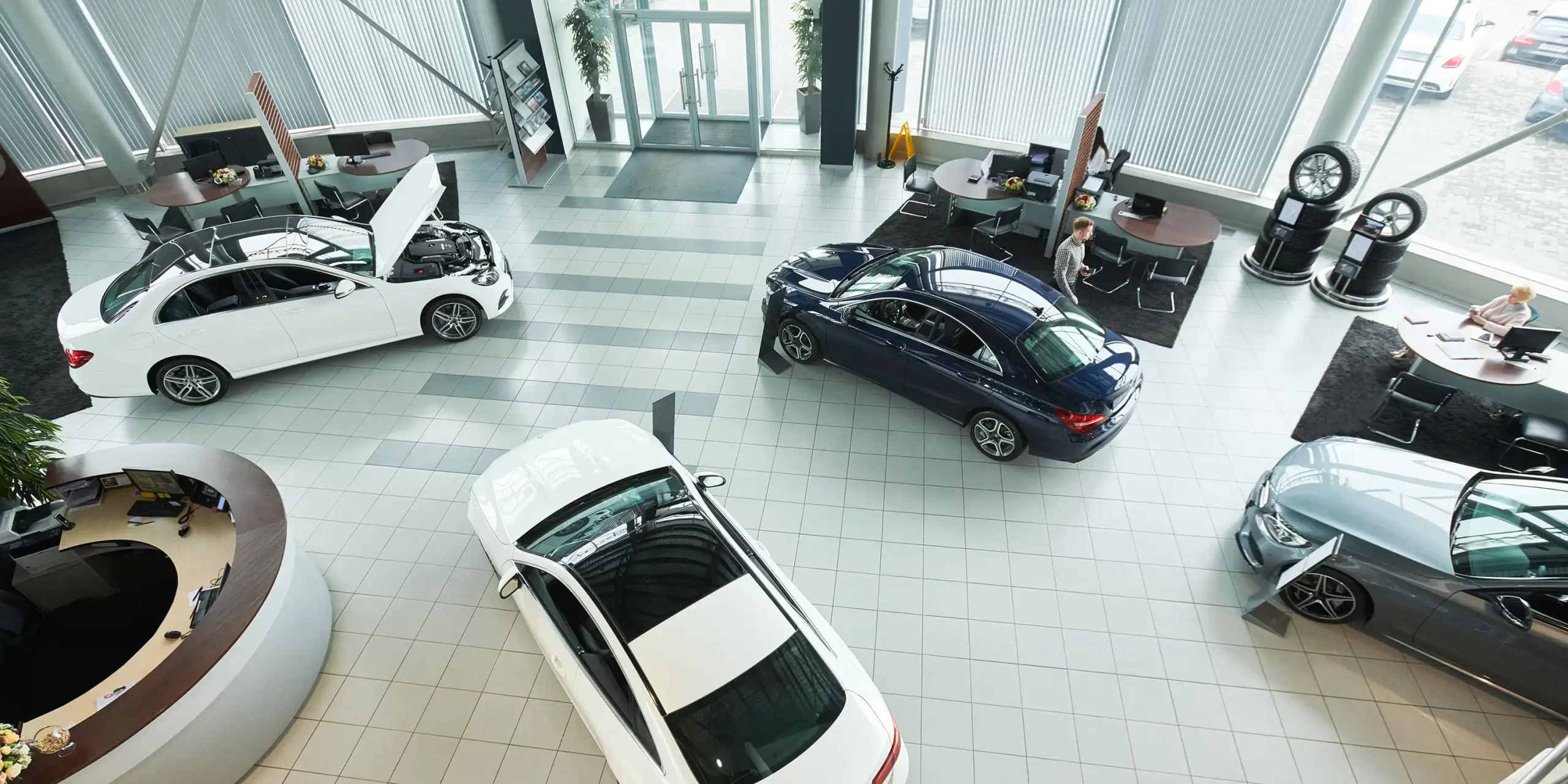Questions? Contact Us.
Call Kelleher & Sadowsky:
508-755-0707

1. Warehouse/Distribution Buildings
These buildings range from 50,000 to hundreds of thousands of square feet in one single-story structure used mainly for warehousing and distributing business inventory. They also have up to 60-foot ceilings, as well as numerous loading docks, truck doors, and large parking lots to accommodate semi-trailers. They may have a small office, but these facilities tend to be around 20% office space at most. While manufacturing sites are where products are made, these properties are all about how products are moved around and ultimately sent to an end user. Here are three common types:
Distribution Warehouse
As the name implies, these warehouses are primarily used to ship goods, which means location matters. A good distribution center should be near all major highways and an airport. But the size of the occupying company can change that, and impact design as well. For example, Amazon occupies several custom-built, high-tech fulfillment centers around the country (hence why it offers same-day delivery in so many markets), some of which are as bigger than 1 million square feet. There will continue to be a greater need for these types of buildings as the popularity of e-commerce continues to grow.
General Purpose Warehouse
These warehouses are more geared toward storage than distribution. That difference can play out in several ways. For example, most general-purpose warehouses have a lower door to square footage ratio, since products are not being moved in and out as often. It also means that location matters less being that there is no desire to move the inventory quickly.
Truck Terminal
On the other end of the spectrum from general purpose warehouses are truck terminals, which are entirely devoted to transportation. They are simply intermediate sites where goods are loaded from one truck to another and have little to no storage space.

2. Manufacturing Buildings (aka heavy industrial buildings)
The word “manufacturing” evokes images of giant factories churning out products. And yes, that’s true on a basic level. These facilities house specialized equipment used to produce and assemble goods and material. They typically have three-phase high capacity electric power, and may also include heavy ductwork, pressurized air or water lines, busducts, high capacity ventilation & exhaust systems, floor drains, storage tanks and cranes. They tend to be less than 20% office space, have loading docks for trucks, and clear heights of at least 10 feet. But that leaves plenty of room for variation, as these properties change a lot based on their purpose. Here are the two most common: Heavy Manufacturing These giant plants tend to make heavy-duty goods and materials. They usually have tens or even hundreds of thousands of square feet in usable space, along with powerful pieces of equipment, three-phase electrical power, and plenty of space for trucks to load up product. The exact machinery inside is usually customized to the end user, so heavy manufacturing plants need to be renovated when they take on new owners or tenants. Light Assembly These spaces tend to be a lot smaller and simpler than their heavy counterparts. That’s because they’re usually where products are assembled from smaller parts, stored, and eventually shipped off to be sold to consumers. As such, they can much more easily be reconfigured for different tenants. Electrical power requirements are much lower as well.3. Refrigeration/Cold Storage Buildings
These specialized industrial properties are equipped to hold a large capacity of cold storage and/or freezer space and are typically used as a distribution center for food products.
4. Telecom/Data Hosting Centers/Switching Centers
The Mobile Switching Center (MSC) is a telephone exchange that makes the connection between mobile users within the network, from mobile users to the public switched telephone network and from mobile users to other mobile networks. The MSC also administers handovers to neighboring base stations, keeps a record of the location of the mobile subscribers, and is responsible for subscriber services and billing. These highly specialized industrial buildings are located close to major communication trunk lines to allow for access to an extremely large power supply capable of powering extensive computer servers and telecom switching equipment. They typically have reinforced floor slabs to support the weight of the equipment, as well as backup generators and specialized HVAC.5. Flex Buildings
This building type has a wide range of uses – typically more than one in a single facility. Flex properties are designed to give tenants flexibility in usage, are generally made up of at least 30% office space, and commonly feature lower ceilings (under 18 ft). Here are some more specialized types of flex buildings that serve more specific purposes for industrial tenants.
6. R&D Buildings
R&D refers to research and development, the process by which innovative companies create new products and improve existing ones. These buildings are popular in high-tech industries such as computers, electronics, and biotechnology because they effectively support a hybrid of office, manufacturing and warehouse space housed in a single location .R&D properties vary a lot depending on the tenant and what they will be using the space for. For example, biotech buildings are highly specialized industrial buildings that support a wide range of laboratory space where chemicals, drugs or other material or biological matter are tested and analyzed. This type of building requires extensive plumbing & water distribution, direct ventilation, specialized piped utilities, accurate temperature & humidity controls, dust control, and heavy power. Often these types of space are located in campus-like business parks featuring extensive landscaping, shared architecture design, and lots of surface parking and open space.7. Data Center
Data centers are where companies put the equipment that holds their data, keep their internet up and running, and make cloud storage possible. They average about 100,000 square feet but can get much bigger, the world’s largest being a 6.3 million square foot facility in Langfang, China. The reason that size varies so much is that lots of companies choose to lease space in third party data centers.
